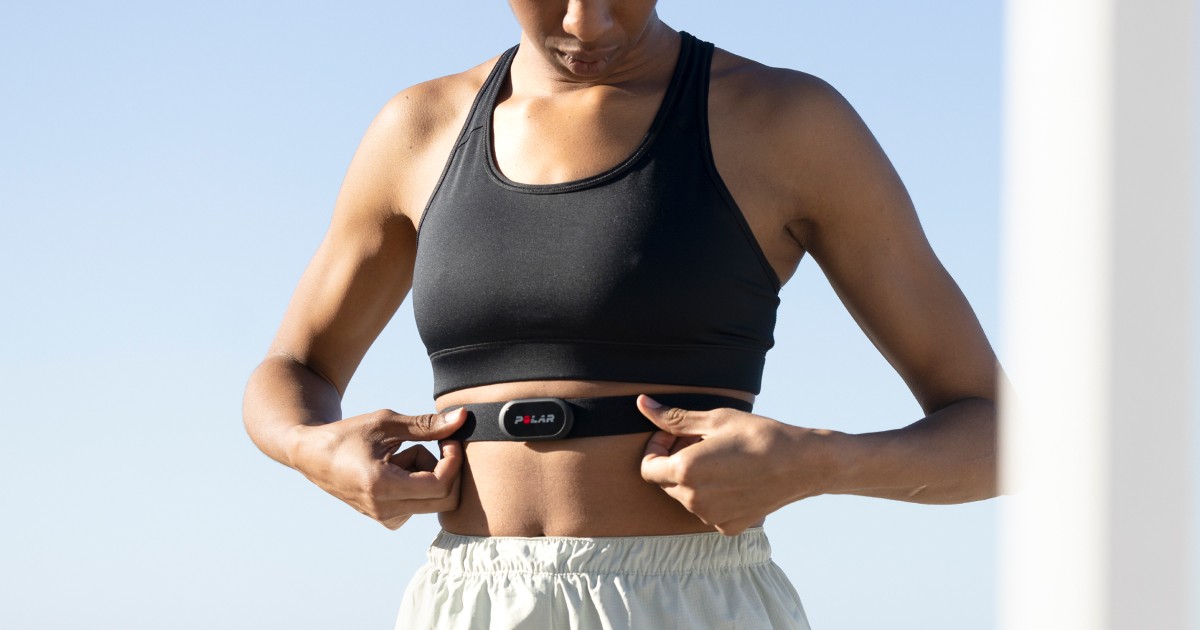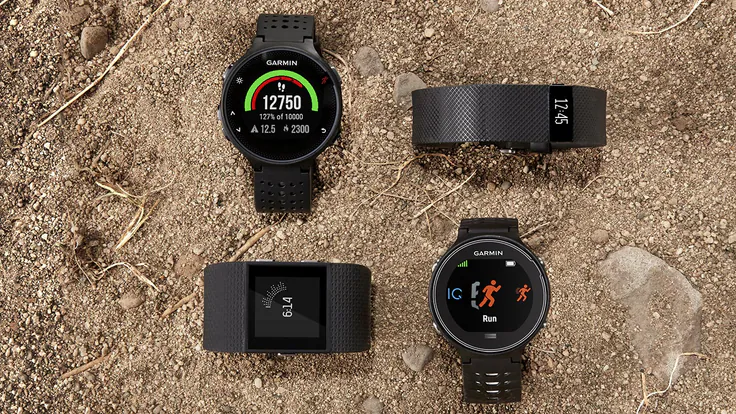In this article you will find:
Unlocking Your Fitness Potential
Imagine having a personal trainer whispering workout insights in your ear – that’s what a heart rate monitor (HRM) can be. By monitoring your heart rate during exercise, you gain valuable data that optimizes your workouts, maximizes results, and keeps you safe. Whether you’re a seasoned athlete or a fitness newbie, incorporating HRM training can unlock your full fitness potential.
Unveiling the Power of Your Heart Rate
Your heart rate (HR) is the number of times your heart beats per minute. During exercise, your body demands more oxygen, prompting your heart to work harder and pump blood faster, increasing your HR. HRMs track these changes, providing insights into your workout intensity and overall fitness level.
Here’s why understanding your HR during exercise is crucial:
- Effort Management: Different workout zones have specific HR ranges. You can use HRMs to stay within these zones, ensuring you’re pushing yourself enough for progress without risking overexertion.
- Fat Burning Zone: Many seek to burn fat for weight loss. HRMs help identify the “fat burning zone,” where your body primarily uses fat for energy.
- Cardiovascular Health: Consistent HR training promotes a healthy heart. By monitoring your resting and exercise HR over time, you can track improvements in cardiovascular health.
- Recovery Tracking: HRMs can help gauge recovery after a workout. A quicker drop in HR suggests better fitness and readiness for your next session.
 Different Types of Heart Rate Monitors
Different Types of Heart Rate Monitors
HRMs come in various forms, each offering distinct advantages:
- Chest Straps: The most accurate option, chest straps measure electrical signals from your heart, providing the most reliable HR data.
- Wrist-Based Monitors: Convenient and comfortable, wrist-based HRMs use optical sensors to detect blood flow changes. While less accurate than chest straps, they offer good data for casual training.
- In-Ear Monitors: New to the market, in-ear HRMs sit comfortably in your ear canal and use light sensors to track blood flow. They offer a non-invasive option with reasonable accuracy.
Getting Started with Heart Rate Monitor Training
Ready to incorporate HRMs into your workouts? Here’s how to get started:
- Find Your Max Heart Rate (MHR): A simple formula estimates your MHR by subtracting your age from 220. However, consulting a doctor for a personalized MHR is recommended, especially for those with health concerns.
- Identify Your Training Zones: Based on your MHR, different HR zones can be calculated. These zones represent varying workout intensities, each with its benefits.
- Choose Your HRM: Consider your fitness goals, budget, and comfort level when selecting a heart rate monitor.
- Set Training Goals: Define your fitness goals, like improving endurance or burning fat. HRMs help tailor your workouts to achieve these goals.
Making the Most of Your Heart Rate Monitor Data
HRMs provide valuable data, but interpreting it correctly is key. Here are some tips:
- Monitor Trends: Focus on HR trends over time rather than fixating on single data points. Consistency is crucial for improvement.
- Listen to Your Body: HRMs are a guide, not a dictator. If you feel fatigued despite being in the “correct” zone, adjust your intensity.
- Consider External Factors: Recognize that hydration, sleep, and stress can all affect your HR.
- Consult a Professional: For personalized training plans and HR zone recommendations, consider consulting a certified trainer or doctor.
Beyond the Numbers: The Benefits of Heart Rate Monitor Training
The benefits of HRMs extend beyond data collection. Here’s what you can expect:
- Improved Motivation: Seeing progress through HR data can boost your motivation and keep you on track.
- Reduced Risk of Injury: Training within optimal HR zones reduces the risk of overexertion and injury.
- Increased Efficiency: HRMs help you train smarter, not harder, by optimizing workouts for maximum results.
- Enhanced Recovery: Understanding your HR can guide your recovery time between workouts, ensuring your body is ready for the next session.
 Conclusion
Conclusion
Heart rate monitor training is not just a fad; it’s a powerful tool to maximize your workouts, enhance fitness, and improve overall health. By providing valuable insights into your body’s response to exercise, HRMs empower you to train smarter, not harder. Whether you’re a seasoned athlete or a fitness newbie, incorporating HRMs into your routine can unlock your full fitness potential and guide you towards a healthier, more fulfilling life. Remember, consistency and personalized training plans are key to maximizing the benefits of HRMs. So, invest in a heart rate monitor, embrace data-driven training, and embark on a journey of fitness transformation.
Additional Tips for Successful Heart Rate Monitor Training:
- Set realistic goals: Don’t try to do too much too soon. Start with achievable goals and gradually increase the intensity and duration of your workouts as you get fitter.
- Warm up and cool down: Always warm up before your workout and cool down afterwards. This will help to prevent injuries and improve your recovery.
- Listen to your body: If you feel pain or discomfort, stop what you’re doing and rest. Don’t push yourself too hard.
- Hydrate and fuel your body: Make sure to drink plenty of fluids before, during, and after your workouts. Eat healthy foods to give your body the energy it needs to perform at its best.
- Track your progress: Keep a record of your workouts, including your HR, intensity, and duration. This will help you to see how you’re progressing and make adjustments to your training plan as needed.
- Find a workout buddy or join a group fitness class: Having someone to workout with can help you to stay motivated and on track.
With dedication and the right approach, heart rate monitor training can help you achieve your fitness goals and experience the many benefits of regular exercise. Embrace the power of data and embark on a journey of healthier, more fulfilling life.


 Different Types of Heart Rate Monitors
Different Types of Heart Rate Monitors

